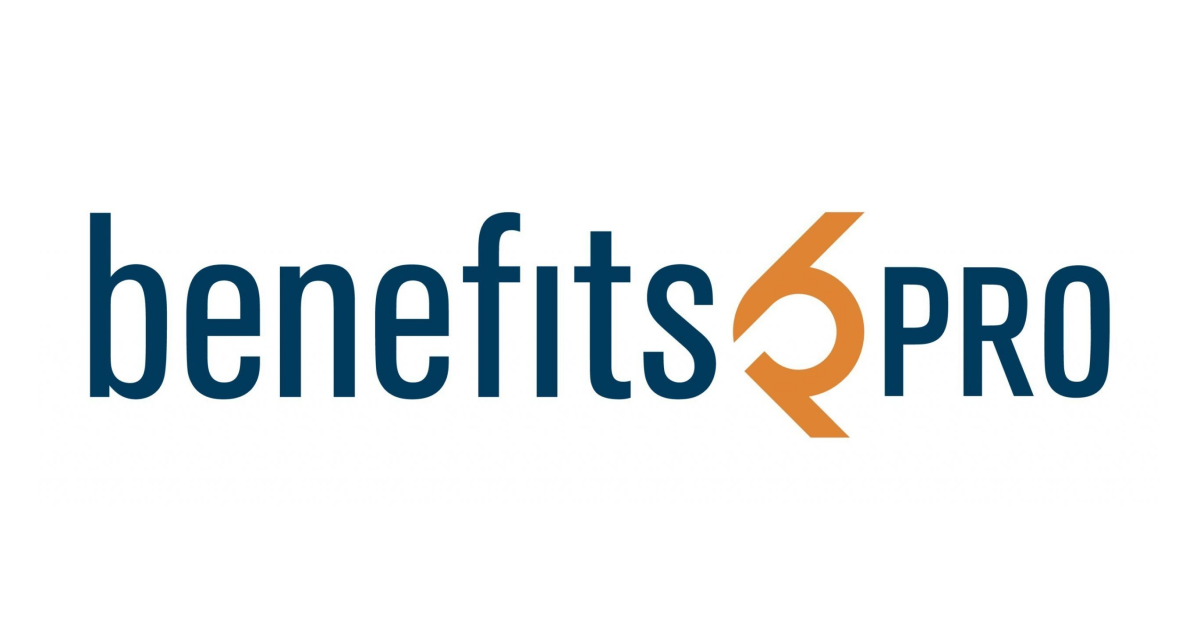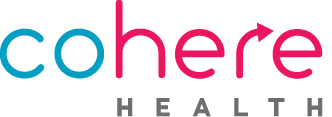A data-driven alternative called “green lighting” has emerged as a more efficient and flexible approach to prior authorization.
As a family physician, I have experienced first-hand how burdensome the prior authorization process is for patients and physicians. Prior authorization poses other challenges, including health insurance benefits and eligibility gaps, which are tied to evolving coverage rules. That is why several states, like Texas and West Virginia, and 58% of health plans adopted “gold carding,” a method of waiving or reducing prior authorization requirements for physicians with proven records of delivering high-quality health care. For example, BCBS Michigan recently announced the expansion of its gold carding program, relaxing requirements for physicians with a low prior authorization denial rate, minimal prior authorization requests, and risk-based contract participation.
The reaction to gold carding has been mixed, with concerns about increased paperwork and potential quality and cost implications. A recent AHIP survey found that one-fifth of responding health plans said gold carding led to reduced quality and increased spending without substantial benefits. Additionally, gold carding programs can be difficult to implement; this was the top reason cited for discontinuing them, accounting for 75% of the responses. Another concern mentioned in the study was gold carding programs’ inability to offer alternative treatment recommendations that could help avoid lower-quality or unsafe care.
Amid this uncertainty, a data-driven alternative called “green lighting” has emerged as a more efficient and flexible approach to prior authorization. Green lighting helps make the prior authorization experience more personalized for physicians and automated while maintaining quality and cost control. This is because it automates authorization processes using real-time, data-driven, physician-specific insights.


